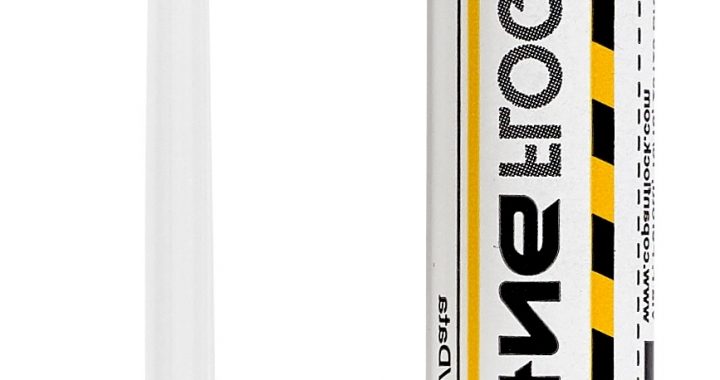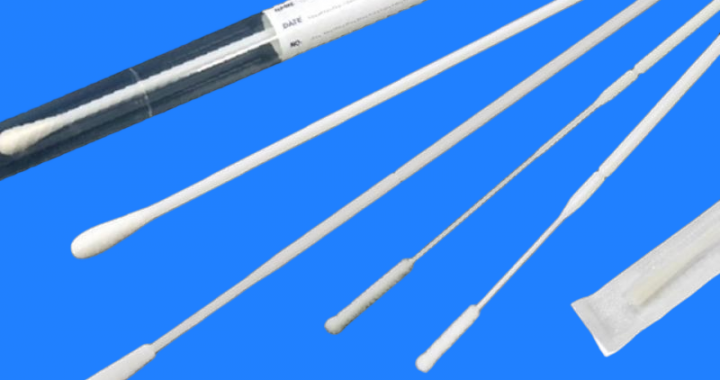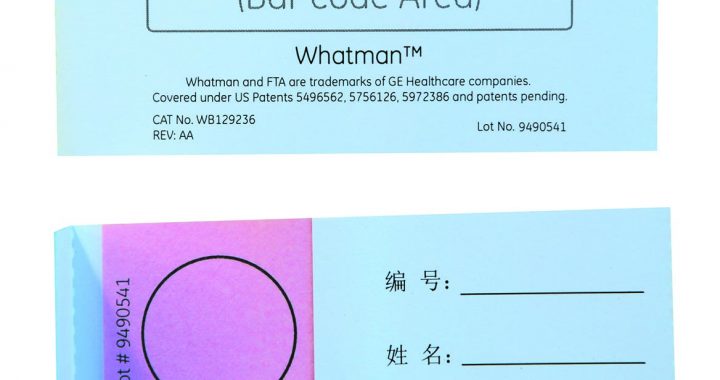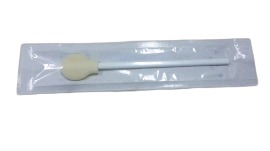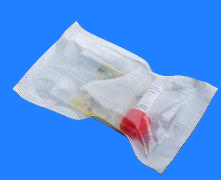Nylon flocked tips have become the preferred choice for DNA sample collection due to their superior efficiency and ability to capture biological material with high precision. These swabs are widely used in forensic, medical, and research applications where accurate and reliable DNA collection is critical. This article explores the advantages of using nylon flocked tips in DNA swabs, highlighting their unique features and why they are the optimal choice for sample collection.
What are Nylon Flocked Tips?
Nylon flocked tips are designed with short, evenly distributed nylon fibers attached to a flexible shaft. The fibers are oriented in a way that maximizes surface area for better collection, absorption, and release of biological material, including DNA. This design makes them significantly more efficient than traditional cotton swabs.
Key Advantages of Nylon Flocked Tips for DNA Swabs
-
Enhanced DNA Collection Efficiency:
Nylon flocked tips outperform traditional cotton swabs in terms of DNA collection. The densely packed fibers trap and hold more cells, ensuring that even trace amounts of DNA are captured efficiently. This makes them particularly useful for collecting DNA from difficult-to-reach areas or minimal samples, such as blood stains or skin cells. -
Superior Release of DNA:
When processed in DNA extraction procedures, nylon flocked swabs release collected DNA more efficiently than cotton or foam swabs. The unique design of the fibers allows for better elution, meaning a higher yield of DNA can be obtained from the swab. This results in more accurate and reliable analysis, especially for forensic investigations and paternity tests. -
Reduced Risk of Contamination:
The design of nylon flocked tips minimizes contamination risks. Unlike cotton swabs, which can shed fibers or introduce contaminants during use, nylon flocked swabs have minimal shedding and are made of non-reactive materials. This ensures that the DNA sample remains pure and uncontaminated, which is essential in forensic or medical applications. -
Increased Surface Area for Sample Collection:
The nylon fibers on the tip of the swab provide a significantly larger surface area compared to traditional swabs. This allows the swab to capture more biological material with each use, making them particularly effective for forensic cases where evidence may be minimal or difficult to collect. -
Compatibility with DNA Extraction Methods:
Nylon flocked swabs are highly compatible with both manual and automated DNA extraction methods. The fibers’ design enables efficient and consistent DNA recovery, whether the samples are processed using traditional methods or advanced automated systems. -
Sterile, Non-Reactive Material:
Nylon flocked tips are manufactured using medical-grade, non-reactive materials that do not interfere with DNA analysis. This ensures that the swabs will not alter the DNA sample during collection, storage, or analysis, making them safe for use in clinical, forensic, and research environments. -
Increased Precision for Trace Evidence:
Forensics often involves collecting trace amounts of evidence, such as DNA from small skin flakes, saliva, or blood. The enhanced sensitivity of nylon flocked tips makes them ideal for this type of collection. They are designed to efficiently capture even the smallest biological samples, which can be crucial for linking suspects to crime scenes. -
Tamper-Evident and Sterile Packaging:
Nylon flocked swabs are typically packaged in tamper-evident and sterile packaging to prevent contamination and ensure the sample’s chain of custody. This packaging is essential for forensic applications, where the integrity of the sample must be preserved for legal use.
Applications of Nylon Flocked Swabs
-
Forensic Investigations:
Nylon flocked swabs are widely used in forensic science for collecting DNA from crime scenes, such as blood, saliva, hair, and semen. They are also used for collecting evidence from surfaces like clothing or weapons, where trace amounts of DNA might be found. The swabs provide reliable DNA samples that can be used for identification or criminal profiling. -
Medical Diagnostics:
In medical settings, nylon flocked swabs are used for collecting DNA or other biological samples for diagnostic tests, such as those for infectious diseases, genetic disorders, or paternity testing. Their efficiency in collecting and releasing DNA makes them ideal for clinical use. -
Paternity Testing:
Due to their high DNA yield, nylon flocked swabs are often used in paternity testing to collect buccal cells (from inside the cheek). The swabs ensure a large and clean DNA sample, which is crucial for accurate genetic matching. -
Research and Genetic Studies:
Researchers rely on nylon flocked swabs for collecting DNA samples from human, animal, and environmental sources. The swabs are efficient for collecting both large and small amounts of DNA, which is important for genetic studies, population genetics, and biodiversity research. -
Disease Surveillance and Pathogen Testing:
Nylon flocked swabs are used to collect samples for testing infectious agents, such as viruses or bacteria. The efficient collection of pathogens from swabs ensures that DNA testing and pathogen identification can be done accurately.
Best Practices for Using Nylon Flocked Tips
-
Use Sterile Techniques:
To avoid contamination, always use sterile gloves and tools when handling nylon flocked swabs. Ensure that the swabs are kept in their sterile packaging until needed. -
Proper Sample Collection:
Gently rub the swab over the surface from which DNA is being collected. Be sure to collect enough sample material to maximize the DNA yield. -
Avoid Cross-Contamination:
Use a separate swab for each sample to avoid cross-contamination, especially when collecting multiple samples from different individuals or sources. -
Storage and Transport:
After collection, place the swab in a sterile, secure container to prevent contamination. If necessary, store the swab in a cool, dry environment until further processing.
